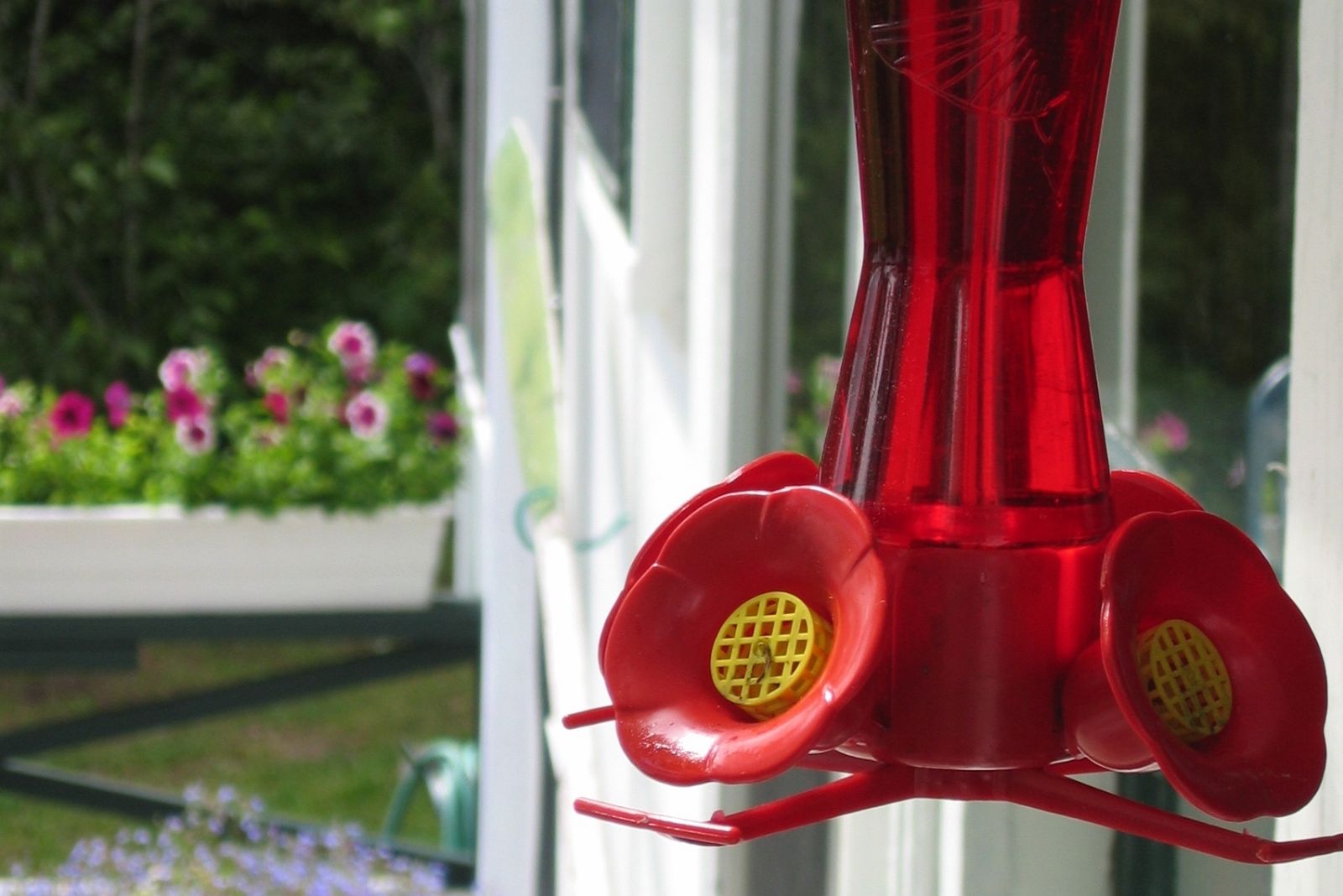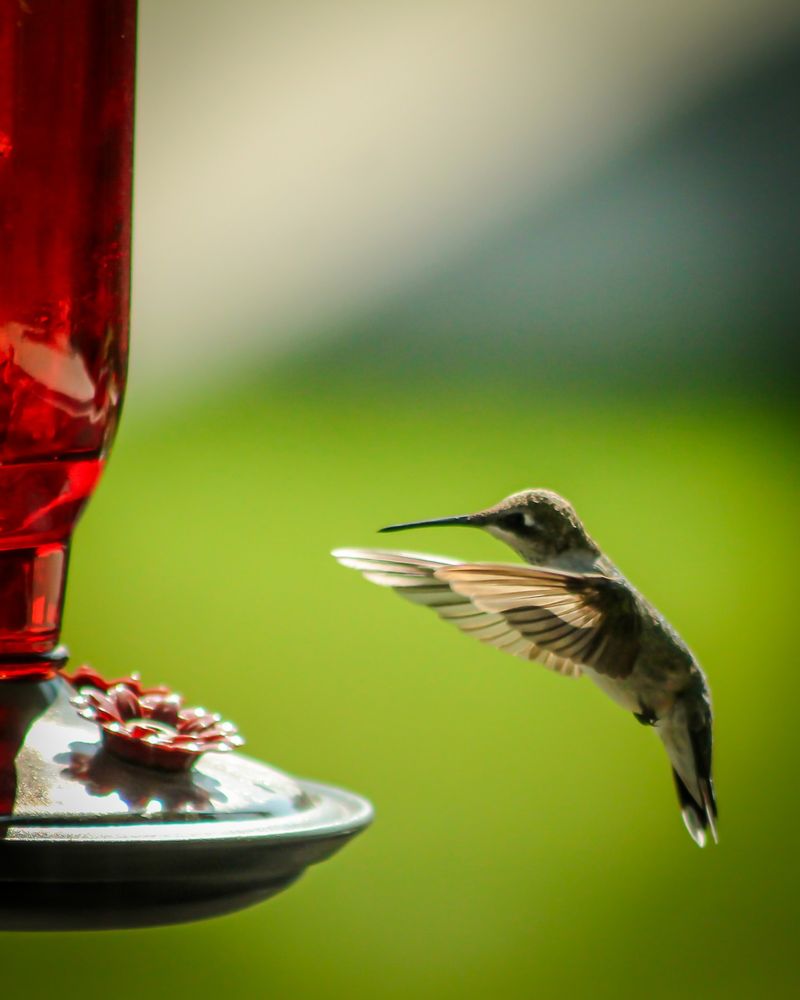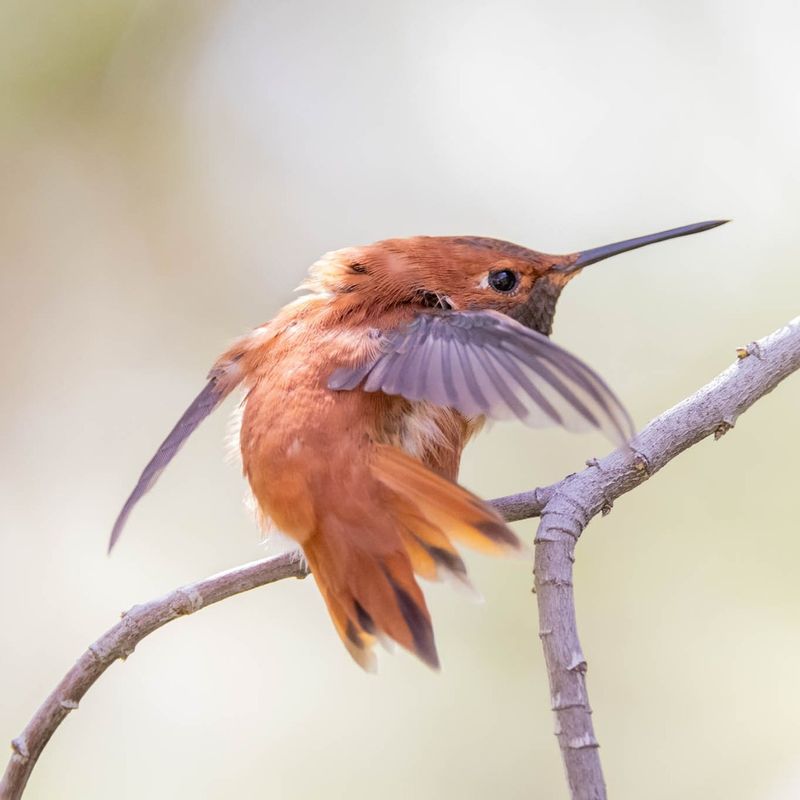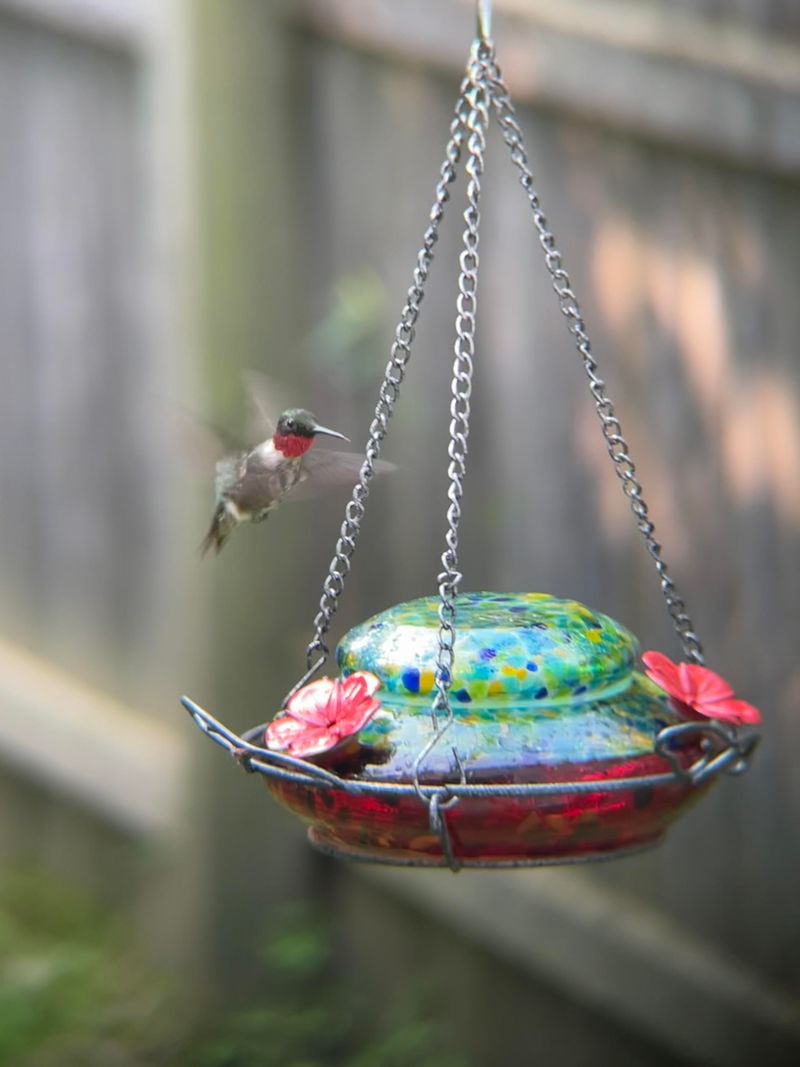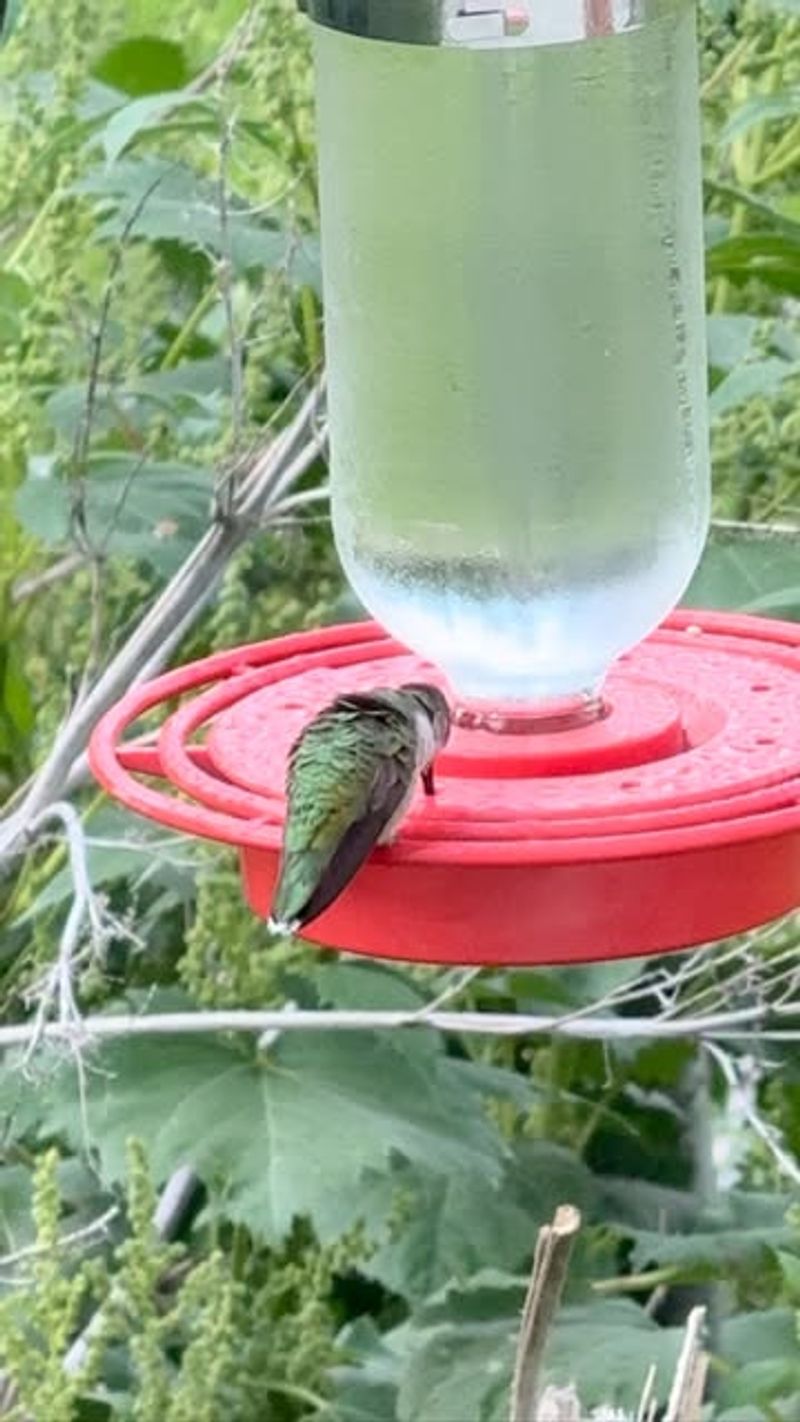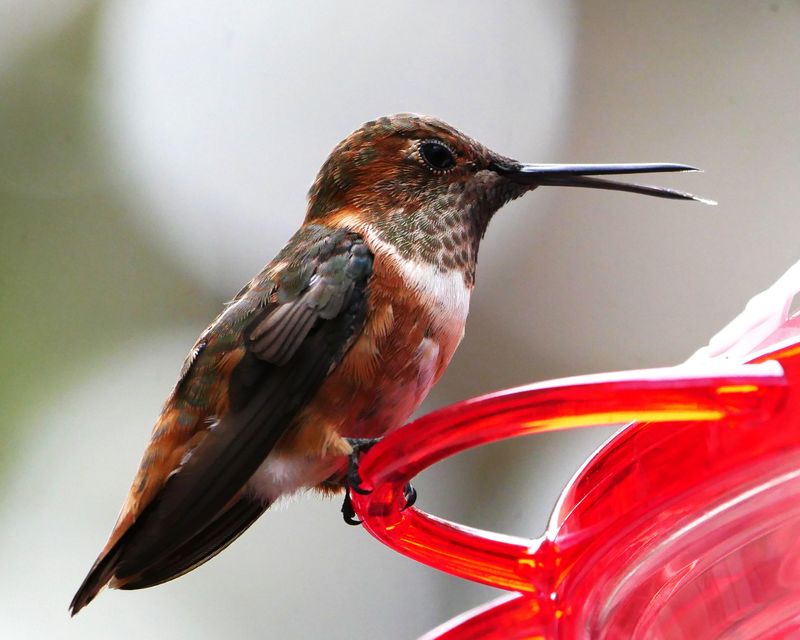Hummingbirds bring magic to Virginia gardens each year, but knowing when to take down your feeders can be confusing.
Many homeowners worry that removing feeders too early might leave migrating birds without food, while leaving them up too long could encourage late stragglers to delay their journey south.
Understanding the right timing helps protect these tiny travelers and keeps your yard in harmony with nature’s rhythms.
1. Late October To Early November Is The Sweet Spot
Most ruby-throated hummingbirds have left Virginia by the end of October, making this the ideal window for feeder removal. A few stragglers might linger into early November, especially during mild years.
Waiting until the first week of November ensures late migrants get the fuel they need. Virginia’s climate means you’ll occasionally spot a late bird, but by mid-November, nearly all have departed for warmer regions.
Mark your calendar for the Halloween-to-Veterans-Day timeframe as your removal deadline.
2. Leaving Feeders Up Won’t Trap Birds Here
A common myth suggests that keeping feeders available will prevent hummingbirds from migrating south. Actually, migration is triggered by changing daylight hours and instinct, not food availability.
Your feeder won’t confuse their internal compass or make them stay past their natural departure time. In fact, leaving feeders up a bit longer helps fuel their long journey.
Virginia homeowners can rest easy knowing their hospitality won’t interfere with nature’s plan. These birds know exactly when to leave, regardless of whether your feeder stays full.
3. Watch For Rufous And Other Rare Western Visitors
While ruby-throats dominate Virginia, rufous hummingbirds occasionally wander east during fall migration. These copper-colored visitors from the West sometimes appear in November or even December.
If you notice an unusually colored hummingbird after Halloween, you might be hosting a rare guest. Keeping one feeder up through Thanksgiving can provide critical support for these off-course travelers.
Check local birding groups in Virginia for reported sightings. These western wanderers need all the help they can get during their unexpected journey.
4. Cold Weather Creates Maintenance Challenges
November brings freezing temperatures to Virginia, and sugar water turns into useless ice overnight. Frozen feeders can’t help birds and may crack or break from expanding ice.
Bringing feeders inside each evening becomes a tedious chore that most homeowners can’t maintain consistently. Thawing and refilling daily takes time and effort that often isn’t sustainable.
By removing feeders before the deep freeze arrives, you avoid damage to your equipment. Save yourself the hassle and protect your investment by taking feeders down before consistent freezing nights begin.
5. Mold And Fermentation Become Serious Risks
As temperatures fluctuate in late fall, sugar water spoils faster than you might expect. Warm afternoons followed by cool nights create perfect conditions for mold and fermentation.
Contaminated nectar can sicken or kill hummingbirds, making dirty feeders more harmful than helpful. Virginia’s unpredictable autumn weather means you’d need to clean and refill every two to three days.
Once migration peaks pass, the effort required to maintain safe feeders outweighs the benefits. Taking them down protects birds from accidentally consuming spoiled food that could harm their health.
6. Natural Food Sources Still Exist In Fall
Hummingbirds don’t rely solely on feeders for survival during migration. Virginia’s native plants like asters, goldenrod, and salvia continue blooming well into October, providing natural nectar.
Small insects also remain abundant during autumn, giving hummingbirds the protein they need for their journey. Your feeder is a supplement, not their only lifeline.
Trusting that nature provides adequate resources makes it easier to remove feeders with confidence. These resilient birds survived for thousands of years before backyard feeders existed, and they’ll manage just fine after yours comes down.
7. Spring Setup Requires Early Preparation
Taking feeders down in November gives you time to thoroughly clean and store them properly for next season. Dried nectar and residue become much harder to remove after sitting all winter.
Virginia’s hummingbirds return surprisingly early, often by mid-April, so you’ll need feeders ready by then. Proper off-season storage prevents damage from freezing temperatures and keeps feeders in good condition.
Wash feeders with hot water and vinegar, then store them in a dry place. This simple routine ensures they’re ready when the first scouts arrive in spring.
8. Document Your Last Sighting For Future Reference
Recording when you see your last hummingbird each year helps you establish a personalized removal schedule. Migration patterns vary slightly by region, even within Virginia.
Coastal areas might see birds linger a few days longer than mountain regions. Keeping notes creates a valuable reference that improves your timing year after year.
Add two weeks to your last sighting date, and that becomes your ideal takedown time. This simple practice takes the guesswork out of feeder management and helps you serve Virginia’s hummingbirds better with each passing season.

